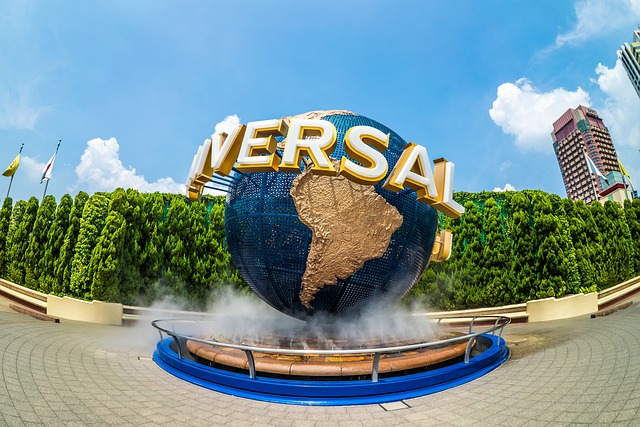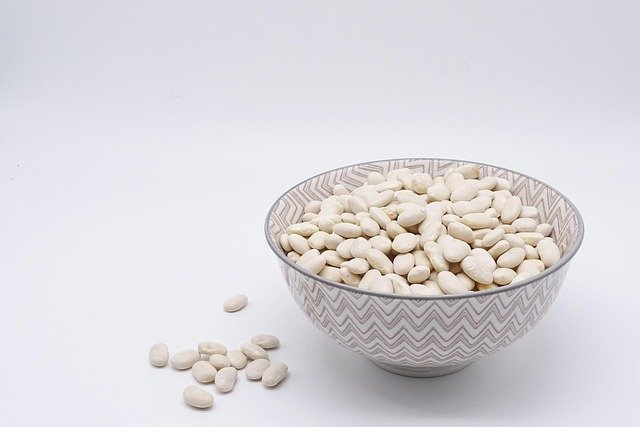Cremation Services: Process, Options, and Planning Guide
Choosing cremation can feel overwhelming in a moment already filled with emotion. Understanding how cremation works, what choices you have, and how to plan practical details can ease decision-making for you and your family. This guide explains the cremation process, common service options, ways to personalize a memorial, and how to select reputable local services in your area—all in clear, compassionate language.

How cremation works
Cremation is a dignified process that reduces the deceased to cremated remains (often called “ashes”) through high heat in a specialized chamber. After a funeral home or crematory receives the deceased and verifies identification, the family signs authorization forms. In many regions, a permit from local authorities or a medical examiner is required. The deceased is placed in an approved container (wood or fiberboard is common), and any prohibited devices—such as pacemakers—are removed for safety.
During the procedure, the chamber runs at high temperatures for several hours. After cooling, the remains are carefully processed into a fine, sand-like texture. Families receive the cremated remains in a temporary container or in a selected urn. Timing varies by location and caseload, but many families receive remains within days after paperwork is complete. Always ask your provider for their expected timeline and chain-of-custody procedures to ensure clarity and peace of mind.
Service options and personalization
Cremation can be as simple or as ceremonial as you prefer. Direct cremation is the most streamlined option, with no on-site ceremony before the cremation; families often hold a memorial or celebration of life later, at home, outdoors, or in a venue meaningful to them. Others choose cremation with a viewing or visitation beforehand, using either a rental casket or a simple container, allowing friends and relatives to gather and pay respects.
You can also arrange a witness cremation, where a small group is present as the process begins—this can be meaningful for some cultures and families. Memorial personalization options are wide-ranging: engraved urns, biodegradable scattering urns, keepsake urns that share remains among family, or memorial jewelry. Scattering can be done in a garden, at sea, or on private property with permission; follow local regulations in your area. Some choose to place remains in a cemetery niche or bury the urn with a marker. Digital memorials—such as an online tribute page—can help those who cannot travel participate and share memories.
If sustainability matters to you, ask about lower-impact choices. Options like biodegradable urns or tree-planting memorials are widely available. In some regions, providers also offer alternatives such as water-based processes; availability depends on local laws.
What is bulk_create_keyword in planning?
While planning online, you might see technical terms appear in templates or forms—one example is bulk_create_keyword. This phrase is used in some digital tools to indicate adding multiple items (such as entries or tags) at once. If it appears in a planning worksheet or website builder for a memorial page, it is a software placeholder rather than a cremation-specific requirement.
Practically, bulk_create_keyword could refer to adding several obituary tags, guest names, or memorial service details in one step. If you encounter it, simply ask the funeral home’s staff or the website support team how to proceed; they can clarify whether you should list multiple items in a single field or upload a document. Importantly, this term does not affect legal authorizations or the cremation process itself—it’s just part of the digital planning experience.
Choosing trustworthy local services
Selecting the right provider comes down to transparency, care, and fit. Consider the following when evaluating cremation services in your area:
-
Licensing and oversight: Ask about state or regional licensing, membership in professional associations, and any third-party inspections. Reputable providers are forthcoming about credentials and standards.
-
Facility and process transparency: Many crematories will offer a tour or explain their procedures, including how they track remains from start to finish (often via tags and verification logs). Clear chain-of-custody protects families and supports confidence.
-
Documentation and timing: Confirm who handles permits, death certificates, and any required medical examiner approvals. Ask for a realistic timeframe from authorization to the return of remains.
-
Options and personalization: Review service packages, ceremony spaces, witness options, and memorial products. If your family has specific cultural or religious needs, discuss them early to ensure respectful accommodation.
-
Environmental practices: If this matters to you, request details on energy efficiency, emissions controls, and eco-friendly urns or memorials.
-
Aftercare and support: Grief resources, support groups, and clear guidance on scattering or interment can make a meaningful difference after the service.
Finally, read recent reviews and speak with staff. Their willingness to answer questions, provide written explanations, and discuss costs clearly is a strong indicator of professionalism.
Practical planning tips
A few small steps can simplify decisions during a stressful time. Begin by gathering essential information: full legal name, date of birth, next of kin, and any prearrangements or insurance documents. Note any religious preferences, songs or readings for a memorial, and whether you want a private or public gathering. If family members are spread across different cities or countries, consider a hybrid memorial with live streaming to include everyone.
For keepsakes, decide in advance whether you’ll share remains among family members, choose memorial jewelry, or select a cemetery niche. If scattering is planned, verify local guidelines; some areas require permission or restrict scattering in public spaces. And if you are completing online forms, don’t be surprised by technical labels like bulk_create_keyword—simply ask staff for plain-language instructions and keep moving forward with the parts that matter most to your family.
Conclusion
Cremation services offer flexibility, dignity, and many ways to honor a life—from simple direct cremation to personalized ceremonies and memorial keepsakes. By understanding the process, exploring options that fit your values, and choosing a transparent provider in your area, you can create a meaningful tribute while managing practical details with confidence.






